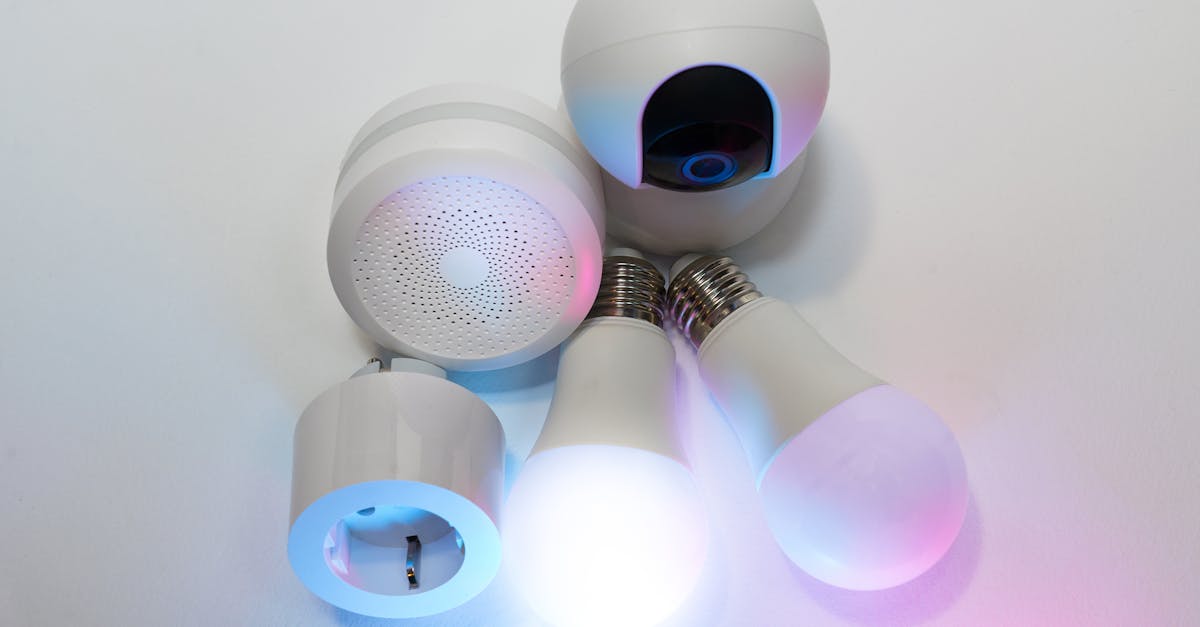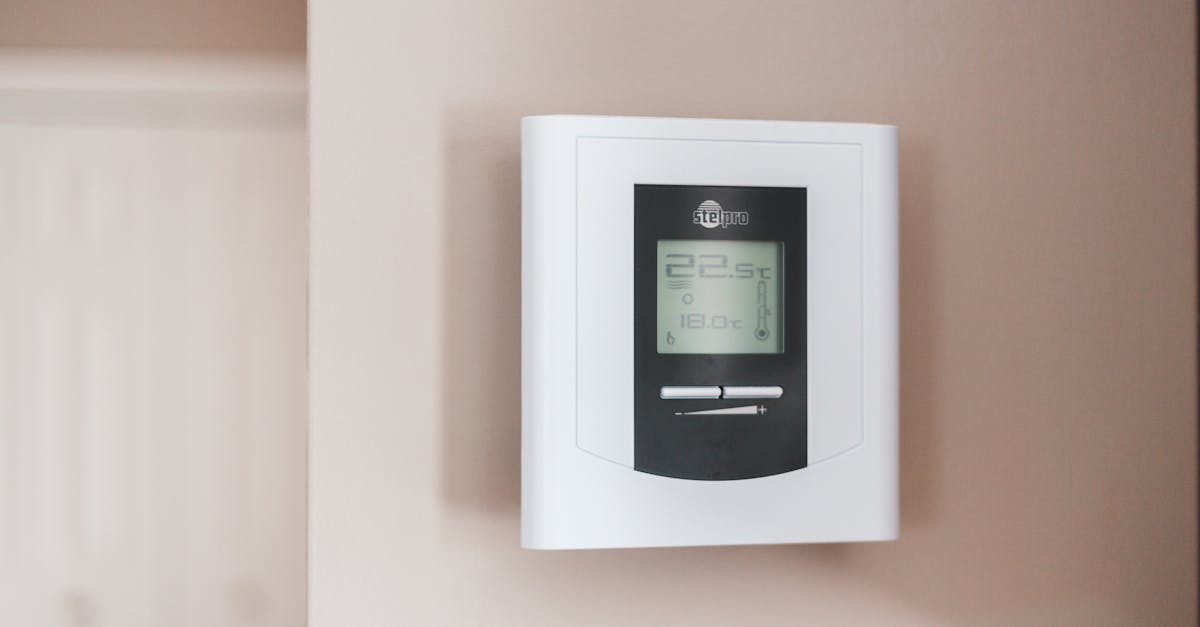
Introduction
In today's fast-paced world, conserving energy is more critical than ever before. As technology continually advances, smart home gadgets are emerging as game-changers in energy efficiency. These innovative devices not only provide convenience but also help households cut down on energy usage and reduce utility bills. From smart thermostats to energy-efficient lighting, the range of gadgets available continues to expand. Such devices use artificial intelligence and machine learning to optimize energy consumption, ensuring homes operate sustainably. As consumers become more environmentally conscious, adopting smart home gadgets is an easy and effective way to contribute to energy-saving goals.
Smart Thermostats: A Temperature Revolution
Smart thermostats, like Nest and Ecobee, are leading the charge in home energy efficiency. These devices adjust temperature preferences based on learning algorithms, adapting to households’ routines efficiently. A smart thermostat can reduce heating and cooling costs by learning when you're home, optimizing usage accordingly, and even allowing remote adjustments via smartphone apps. Additionally, they integrate with other smart devices for holistic home automation. Reports suggest that using smart thermostats can lower energy consumption by up to 10-12%, offering significant annual savings. They are an indispensable gadget for any home looking to cut down on energy usage.
Energy-Efficient Lighting: Illuminate Your Savings
Switching to smart lighting solutions is an excellent way to manage energy consumption effectively. Brands such as Philips Hue and LIFX allow users to control lighting through an app or voice commands, optimizing energy use. These lights offer the advantage of scheduling and dimming features, only using energy as needed. Smart bulbs also last longer than traditional ones, reducing replacement frequency and associated costs. Sensors can be integrated to ensure lights turn off automatically when a room is empty. Besides energy savings, smart lighting adds ambiance and aesthetic delight to any environment, enhancing the overall living experience.
Smart Plugs: Power Off When Not in Use
Smart plugs are underrated heroes in the quest for energy efficiency, offering convenience and significant savings. By plugging appliances into these devices, users can monitor energy consumption and remotely control power usage. Many smart plugs come with timers or scheduling features to turn devices on or off automatically, saving energy and money. These gadgets are particularly useful for managing phantom power draw from electronics that continue to consume energy even when turned off. They transform ordinary appliances into energy-efficient ones, making them suitable for any modern smart home ecosystem.
Smart Appliances: The Future of Efficient Living
The advent of smart appliances has revolutionized how households manage energy. Modern washers, refrigerators, and ovens come equipped with eco-friendly modes and intelligent sensors to efficiently use resources. For example, Samsung’s SmartThings platform connects various appliances, allowing owners to monitor power consumption and receive alerts if a device is left on accidentally. Smart dishwashers optimize water and detergent use, while fridges adjust cooling based on humidity and use patterns. By making informed decisions based on real-time data, these appliances play a crucial role in reducing household energy waste.
Home Energy Monitors: Understanding Your Consumption
Installing a home energy monitor can illuminate patterns of energy usage that may otherwise go unnoticed. Devices like Sense and Emporia Vue track and analyze power consumption levels, offering insights into high-usage areas. These monitors typically connect to smartphone apps, providing alerts and suggestions for optimizing energy use. Understanding peak times and energy guzzlers allows homeowners to make informed decisions about daily routines. Such monitors are invaluable in devising strategies for energy reduction and bolstering environmental consciousness.
Smart Blinds: Natural Temperature Regulation
Smart blinds are not just a modern convenience; they're adept at regulating a home’s temperature naturally. Automating blinds to adjust based on time of day or sunlight exposure can significantly reduce HVAC reliance. Blocking out heat during sunny days and retaining warmth during cold nights lowers energy usage. Some smart blinds integrate with weather apps, further enhancing climate control automatically. They also add an aesthetic value, ensuring functionality doesn't come at the cost of style. Smart blinds are an investment merging comfort, efficiency, and interior elegance.
Integrating All Gadgets: Creating a Smarter Ecosystem
To maximize energy savings, it is crucial to create an interconnected system where smart home gadgets work harmoniously. Leveraging technologies like Amazon Alexa or Google Home allows central control of all devices, ensuring they function together optimally. Automation routines can be set to tailor energy usage consistently across different devices. For instance, lowering blinds to block sunlight while dimming lights and adjusting thermostat settings can collectively enhance efficiency. A synchronized smart home ecosystem ensures that energy-saving endeavors are comprehensive and sustainable.
The Economic and Environmental Impact
Embracing smart home gadgets not only aids in reducing energy footprint but provides financial benefits. Energy-efficient devices lower utility bills over time, leading to substantial savings. Additionally, decreasing energy consumption mitigates environmental impact by reducing the greenhouse emissions associated with electricity production. Investments in smart home technologies contribute to broader sustainability practices, benefitting both homeowners and the planet. As more households adopt these gadgets, a collective positive effect on national energy grids and environmental health is anticipated. Therefore, smart home devices are pivotal contributions toward a greener future.
Conclusion
In conclusion, the widespread adoption of smart home gadgets presents tremendous potential for energy savings, benefiting both households and the environment. From intuitive temperature control to intelligent lighting and appliances, these devices make modern homes more efficient. Integrating such gadgets ensures optimized energy consumption, economic efficiency, and a reduced carbon footprint. As technology progresses, the smart home industry will likely continue evolving, offering even more refined solutions for sustainable living. Embracing these trends ensures contributions to long-term energy conservation goals, reflecting a commitment to a greener future for generations to come.